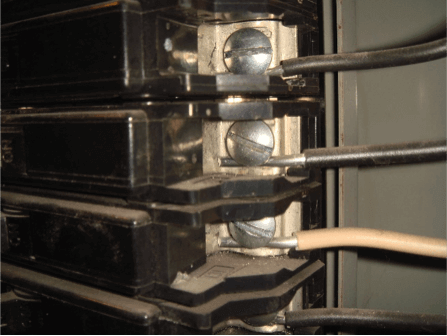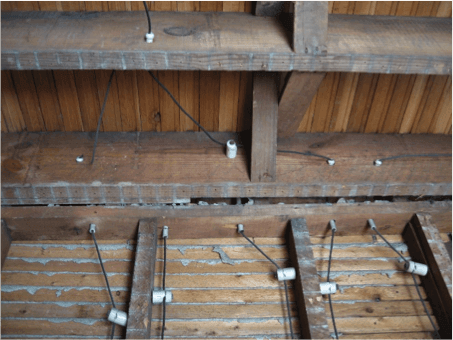Home Inspection 101 Inside The Inspectors Head : Electrical Systems & Wiring Identification
Featured Blog Post Written By Aaron Borsch from Core Inspect
Happy new year to everyone. After a bit of a hiatus, its back to go on from what I left off from last year.
I left off from water lines, now onto Electrical.
Electrical Systems
Electrical systems gives us the ability to do many of the things we consider ‘modern’. From cooking, to running out computer. Overall electrical is a pretty straight forward idea. Electricity is provided by the municipality in the form of tapping into the grand electrical grid, and taking some of that power to run household items.
Over time, the way we tap into this electricity, and how we put it to use has changed. One thing I will say right off the bat, that I find that houses built before 1965, usually have electrical challenges.
While I can’t hit every single electrical issue, here are some of the big ones to be aware of
60 Amp Service
Today most houses are built with a minimum of 100 amp service. However, before, houses were built with 60 amp service, before approx. 1970. We didn’t have the power requirements we have today, so we could get away with 60 amps.
Nowadays it is difficult to have a property insured that has 60 amp service, and many insurance companies will force you to upgrade the power to a minimum of 100 amps.
Solid Aluminum Wiring
First and foremost, this is not to be confused with stranded aluminum wiring, which is completely acceptable to use today for high voltage circuits.
This specifically refers to single strange solid aluminum wiring connection, which was popular in the late 1960s to late 1970s.
The reason for this was because the price of copper was quite high compared to aluminum, so electricians started using aluminum for connections instead. What was discovered was aluminum oxidized. This created weak connection points, and as a result arcing. The arcing would increase chances of fire.
Most repairs of this situation involve joining a small piece of copper to the aluminum on a special connector, to reduce the oxidization.
Knob & Tube Wiring
Knob & Tube wiring is a style that was used pre 1960. It involved having a two phase system of wiring that passed through ceramic tubes, and wrapped around ceramic knobs, on the wood structure. Hence the name.
There were many issues, which includes the fact that it has no grounding system, and the sheathing was old and brittle. Both increase the risk of fire.
Same as solid aluminum wiring, many insurance companies do not insure a property with this style of wiring, and you may be forced to upgrade it.
Next Time
Next blog I will speak on siding.





